
The Toy Thing: It Was Never About Pink or Blue (Op-Ed)
Sai Pathmanathan is a science education consultant in the United Kingdom. She contributed this article to Live Science's Expert Voices: Op-Ed & Insights.
As a science communicator, educator and researcher, I have been following the toy and children's media discussions for a while now, by attending events, reading articles and news stories, and thinking back to my own childhood.
Talking informally with friends and colleagues, it would seem that as children, the toys we picked up had little to do with whether they were pink or blue, or only for boys or for girls. Having recently seen girls dressed in pink tutus perusing the Ben 10 toys at the local shop, I don't think children today even care about toy gender, but perhaps they feel a bit more aware that certain toys are not "made" for them.
But I can't remember seeing this much pink in any toy section when I was growing up:
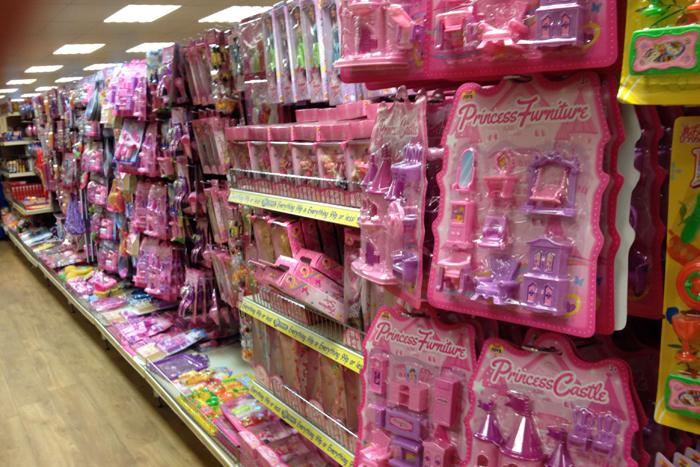
Unfortunately, it is a common scene today — that is, unless Let Toys Be Toys — a campaign asking the toy and publishing industries to stop promoting products by gender — has had a word!
Even "science toys" have had a makeover, or have been purposely designed with girls in mind, such as Nerf Rebelle, LEGO Friends, Nancy B's Microscope (and other Science Club equipment), Roominate and GoldieBlox. I have to admit I was a bit wary of 'pinkification'/'girlification' in certain cases (why does anything for girls have to be pink?), but what if these colors are there to attract those girls who might otherwise overlook the inherent STEM (science, technology, engineering, mathematics) content? Would we be penalizing the girls who like pink and STEM if we were to remove all the "pinkness" from such products?
Kinder eggs are more than candy
Sign up for the Live Science daily newsletter now
Get the world’s most fascinating discoveries delivered straight to your inbox.
I love everything from the chocolatier Ferrero, and when I was growing up, it was always fun to get a Kinder Surprise egg. It meant you definitely got a chocolate, with the added treat of a toy inside — yes, a "surprise" — and I remember the joy of building the toy, sticking stickers on it and playing with it while devouring the chocolate. The whole point of the egg was the surprise toy: A surprise that was suitable for anyone, whether you were a boy or a girl.
So having heard that Kinder eggs were now color-coded, I thought I should buy one each — a pink one, a blue one and an original (neutral) one, and find out what was inside each. A little eggs-periment!
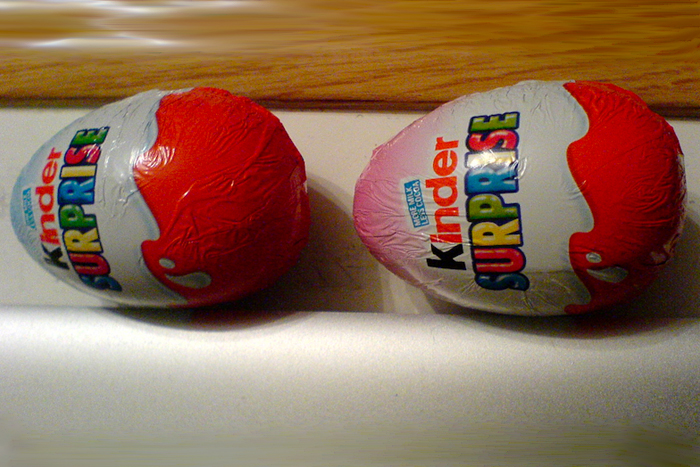
The pink egg had a make-your-own bracelet with what looked something like a My Little Pony on it.
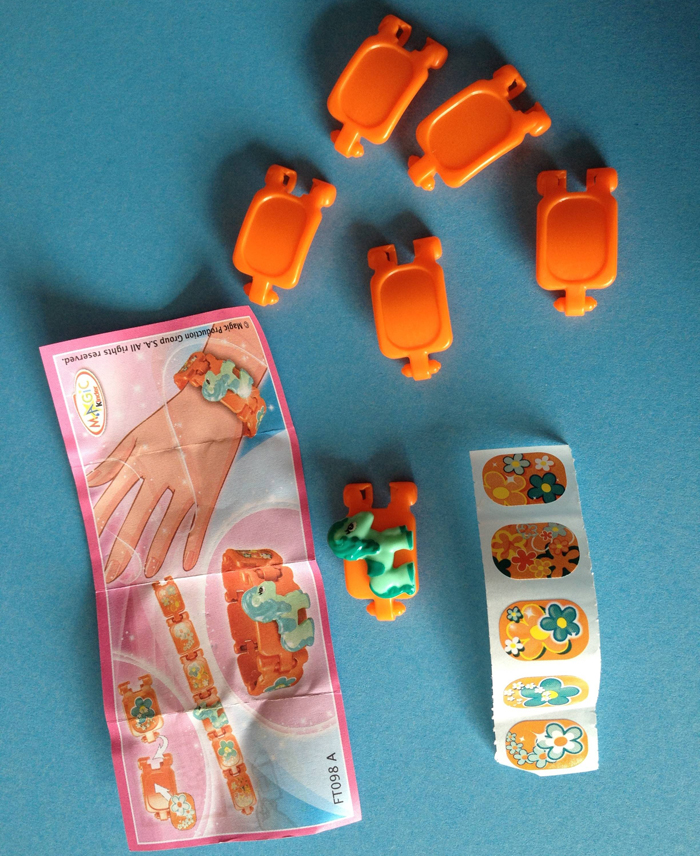
… and the blue egg had a car. No surprises there.
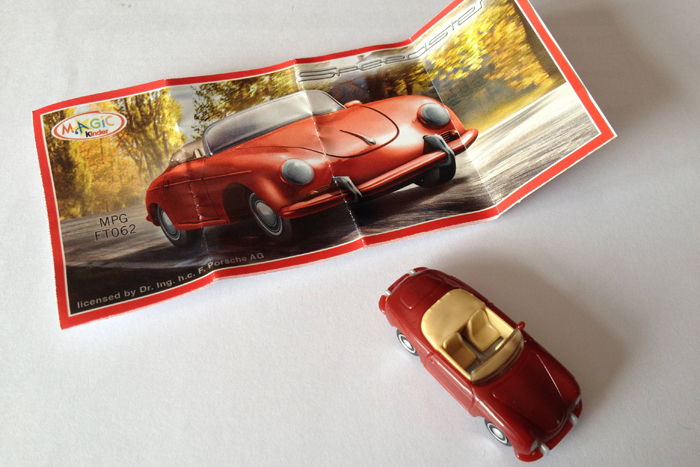
But what surprised me was how I felt. I thought that, had I been a little girl, I would've loved the bracelet and given the car to my brother. So, perhaps this new color-coding of eggs is a good thing. Then, I opened the neutral egg. Hmm, interesting…
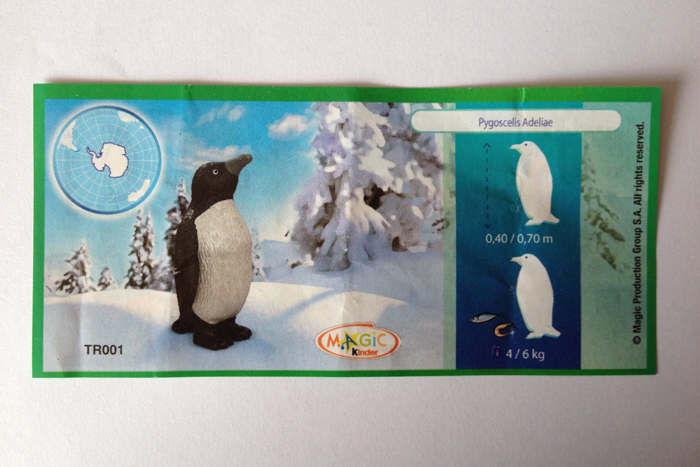
…out popped a penguin — a ready-made penguin with an educational information sheet and an interactive QR code. The QR code didn't work (and this kind of technical added value wasn't available when I was a kid), but the "magic" site wasn't even accessible from the U.K., either. As much as I loved wildlife-themed toys and books as a little girl, I probably would've given this penguin to my brother, too.
Neutral eggs were the originals — and now seem much rarer. Ferrero has made the connection between toys and gender; while neutral toys would be a product for anyone, those products seem to be gradually fading.
Getting your hands dirty
So, my childhood preferences were never about what the toy actually was. Rather, they depended on whether I could make something. I wanted to build it myself (often without following the instructions) and feel a sense of accomplishment at the end. Both the car and the penguin didn't require putting components together, or even applying stickers. But the bracelet did. Had the bracelet been ready-made and the car in parts, I probably would have kept the car and given the bracelet to my brother (though I'm not sure he would've liked that). Is this practical, hands-on element when playing with toys the reason why I became interested in STEM and proceeded into a STEM career? I'm not sure. Maybe. But for me, it definitely wasn't about the pink or the blue.
Pathmanathan's last op-ed was "Dance Me to the End of Time and Space." The views expressed are those of the author and do not necessarily reflect the views of the publisher. This version of the article was originally published on Live Science.









